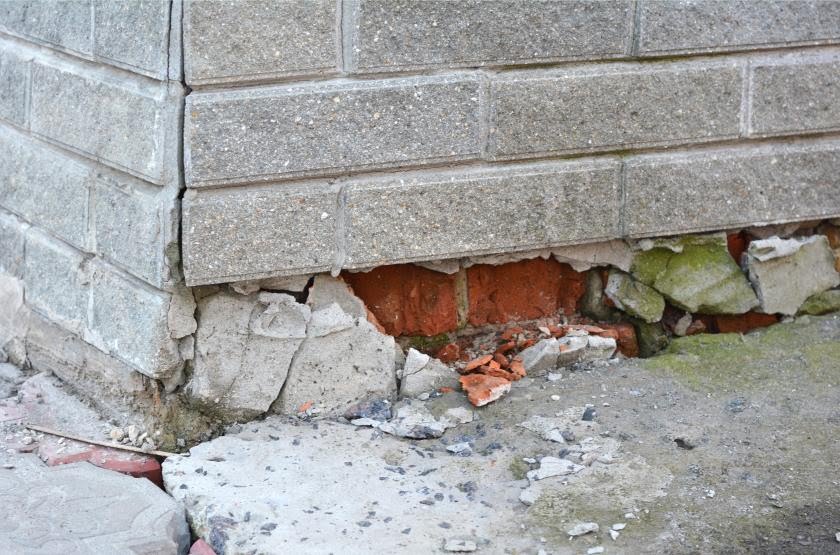Foundation settling is a natural process that occurs when the soil beneath a building compresses or shifts. While some amount of settling is expected over the life of a building, significant settling can cause damage and is often a cause for concern. The stability of a structure largely depends on the foundation, and both climate and soil play pivotal roles in how and why foundation settling happens. In this article, we will explore how climate and soil types influence foundation settling and provide tips on ensuring the integrity of your foundation.
The Science Behind Foundation Settling
All buildings, regardless of size or structure, exert weight on the soil beneath them. Over time, soil particles can rearrange and compress, leading to a change in volume or density. This change can result in foundation settling or sinking.
Climate and Foundation Settling
Climate plays a critical role in the behavior of soil and, consequently, in foundation settling:
- Temperature Fluctuations: Repeated freezing and thawing cycles can cause soil to expand and contract. This phenomenon, known as frost heave, can push a foundation upwards, causing uneven settling.
- Precipitation Patterns: Excessive rainfall or prolonged drought can affect the moisture content of the soil. Wet soil can lead to soil expansion, while dry soil can cause contraction, both leading to potential foundation movement.
- Flood Risks: Areas prone to flooding can experience soil erosion, which removes the supporting soil from beneath a foundation.
Soil Types and Their Impact on Foundation Stability
Different soil types respond differently to weight and moisture:
- Clay Soils: These soils tend to expand when wet and contract when dry. This can lead to uneven foundation settling, especially in areas with fluctuating moisture levels.
- Sandy Soils: Sandy soils offer good drainage but can easily shift, especially when saturated. This shifting can undermine foundation stability.
- Loamy Soils: Often considered ideal for construction, loamy soils are a balanced mix of sand, silt, and clay. They provide both stability and drainage, reducing the risk of significant settling.
- Silty Soils: These soils can compact easily, especially when wet, making them susceptible to settling under the weight of a structure.
Geographical Considerations
Certain regions are more susceptible to foundation problems due to their native soil composition and climate:
- Coastal Areas: Often have sandy soils that can be eroded by rising sea levels or storm surges.
- Arid Regions: Fluctuating moisture levels can cause clay-rich soils to expand and contract repeatedly.
- Mountainous Areas: The runoff from melting snow or heavy rain can erode the soil around foundations.
Signs of Foundation Settling
Look for these indications that your foundation may be settling:
- Cracks in walls or ceilings.
- Doors or windows that no longer fit their frames properly.
- Uneven or sloping floors.
- Separation between walls and floors or ceilings.
Protecting Your Foundation
Here are some preventative measures:
- Ensure proper drainage around your property to prevent soil erosion and water buildup.
- Plant vegetation that does not require frequent watering, reducing soil moisture fluctuations.
- Avoid heavy construction or significant landscaping changes near your foundation.
- Regularly inspect your foundation for signs of damage and address them promptly.
Conclusion
Understanding the intricate relationship between climate, soil, and foundation settling is crucial for homeowners and builders alike. By taking the unique characteristics of your locale into account, proactive measures can be taken to ensure the longevity and safety of structures. As our climate changes and we face more extreme weather conditions, this knowledge becomes even more critical in safeguarding our homes and buildings.
Remember, while foundation settling is natural, being informed about the impacts of climate and soil can help you take the necessary steps to protect your investment. If you notice signs of significant settling, consult a structural engineer or foundation expert to assess the situation and recommend a solution.



